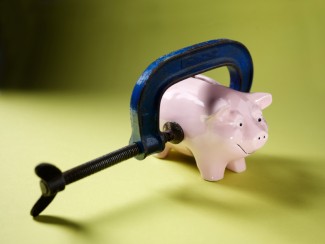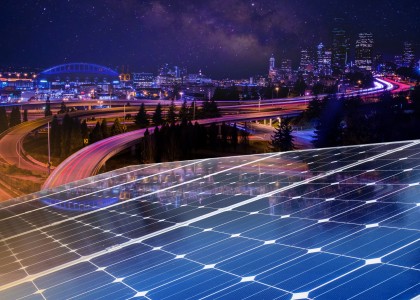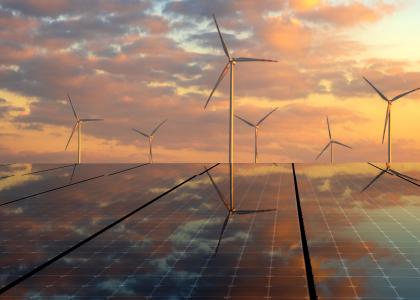Southeastern residents currently face historically high poverty rates, and low-income households spend an average of three times as much on energy bills, as a portion of their monthly income, than other families. Energy efficiency investments could help lower energy bills, but low-income residents in the region often lack access to energy-saving upgrades.
In two recent surveys of large electric utilities, ACEEE found that most utilities in the Southeast spend less on targeted low-income efficiency programs per residential customer and see fewer savings than those in other parts of the country. This lack of investments means that Important economic development and poverty reduction strategies are underutilized. But it’s not too late. States can help their low-income residents get a leg up by emphasizing smart programs and policies crafted for them. Our new series of Southeastern state fact sheets shows how.
Steps for serving low-income households in the Southeast
Our new fact sheets use ACEEE and Southeast Energy Efficiency Alliance data to offer a quick overview of current utility low-income energy efficiency efforts. We also provide strategies that states can use to scale up resources for this population. Our research shows that utilities, regulators, and policymakers in Arkansas, Alabama, Florida, Georgia, Kentucky, Louisiana, Mississippi, North Carolina, South Carolina, Tennessee, and Virginia have many options to reduce the energy burden of low-income households.
State legislatures and public service commissions can enact policies to encourage or require efficiency investments in these communities. They can also revisit cost-effectiveness tests and exempt low-income programs (as many Southeastern states already do) or capture the numerous non-energy benefits, such as improved participant health, that these programs deliver. Southeastern utilities, in turn, can offer programs that address both electricity and gas usage (as Georgia Power does) and design programs to reach both owners and renters. Also, utilities, state officials, advocates, and members of the low-income housing community can form stakeholder working groups to continuously reevaluate the best opportunities for serving these populations (for example, Tennessee’s Energy Efficiency Information Exchange). By taking these steps, states can bolster local economies and alleviate energy poverty.
Looking forward
ACEEE will continue to explore best practices for cities, states, and utilities to increase efficiency investments and improve program delivery to low-income households. From our recent baseline assessment, we will dive deeper into low-income program best practices, as well as rural energy burdens and efficiency opportunities. ACEEE is available to help state and local partners deepen energy savings for this underserved population. If you would like to know how we can help, please contact me at mshoemaker@aceee.org.



